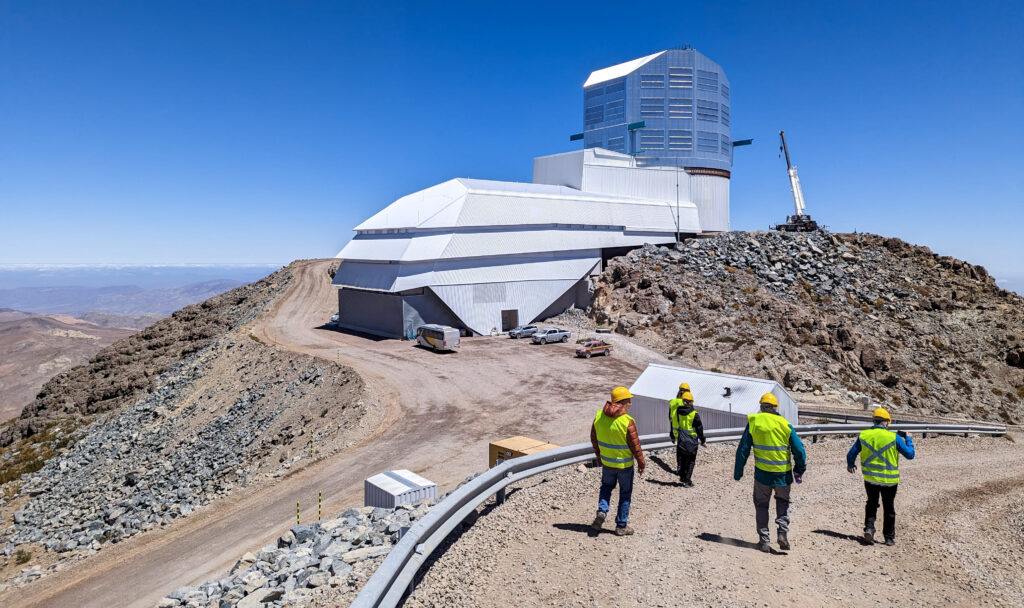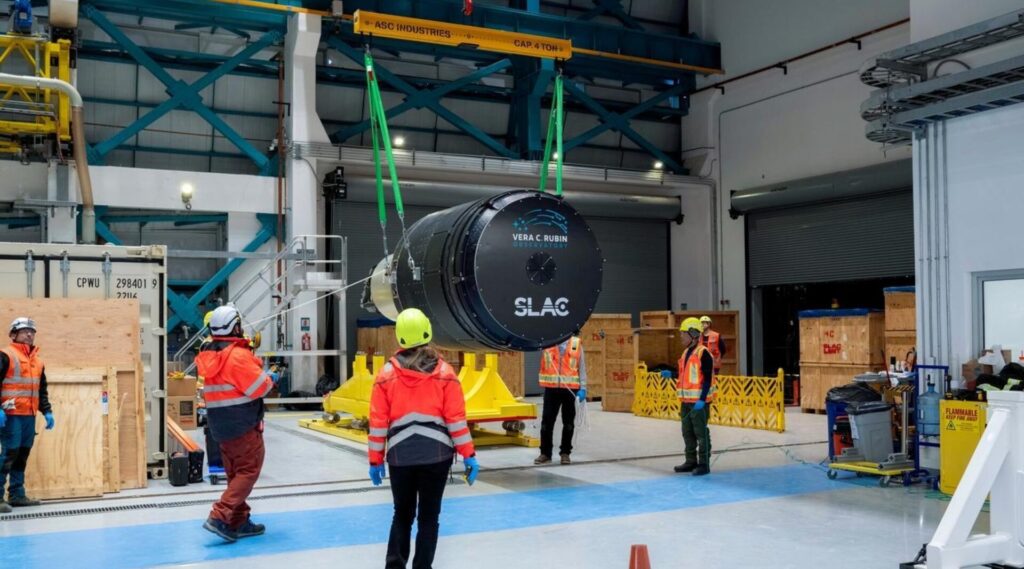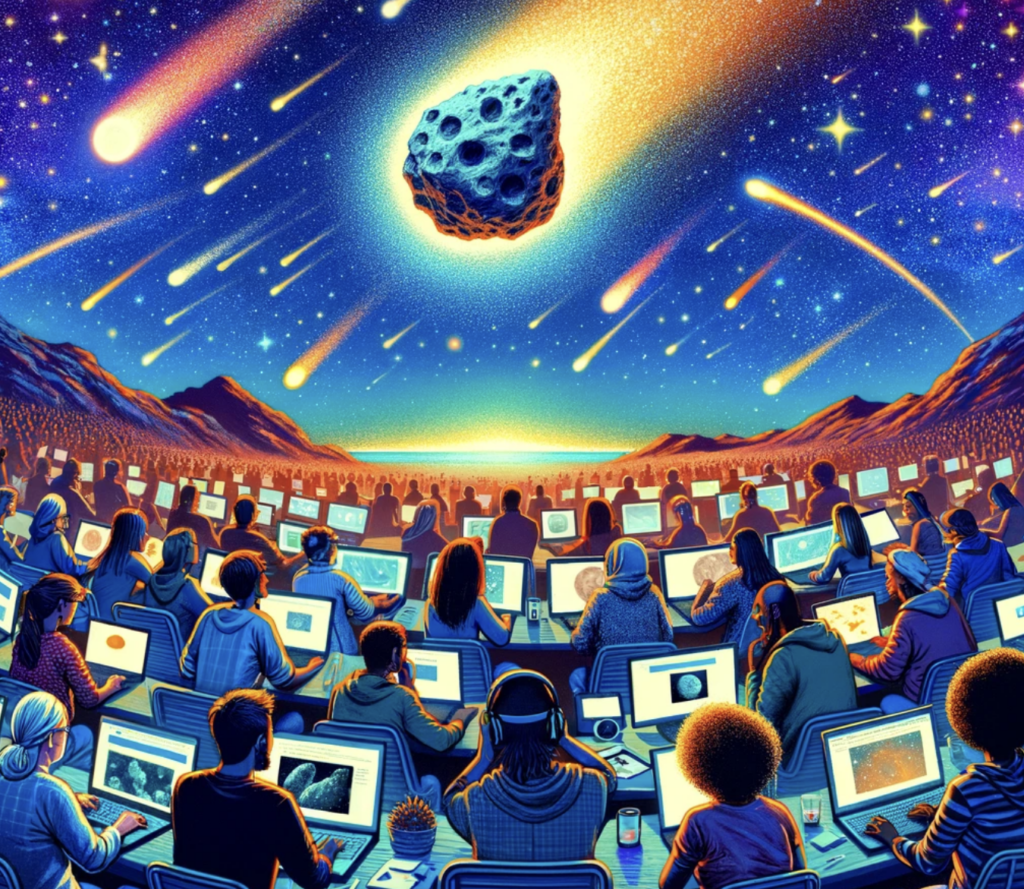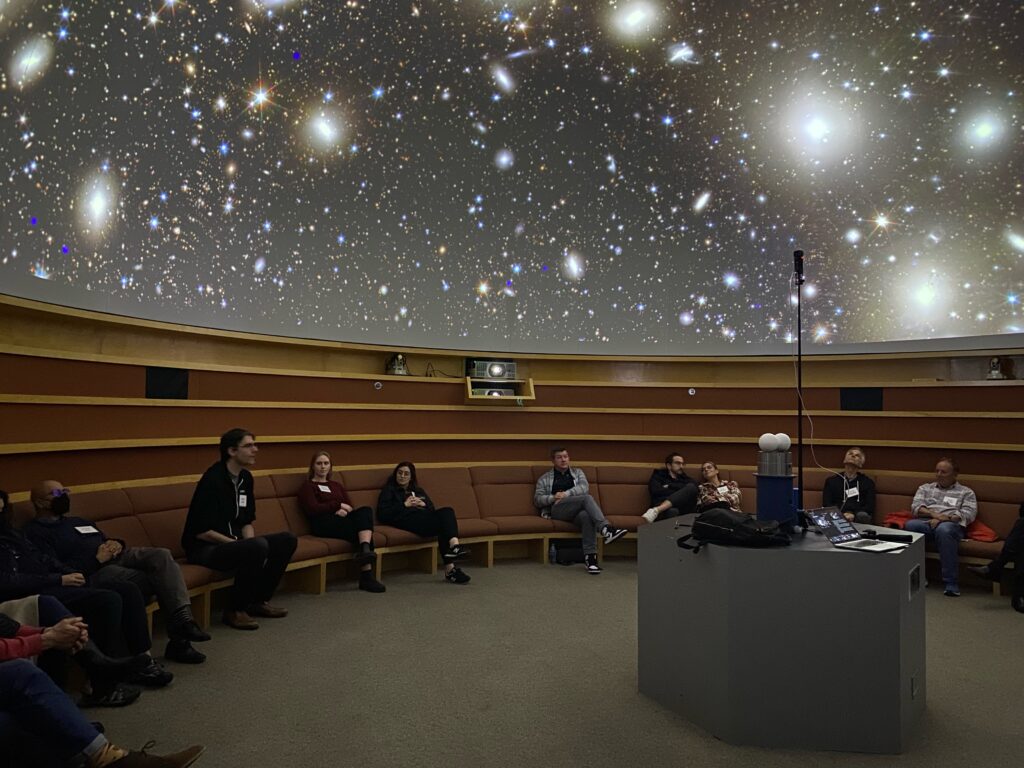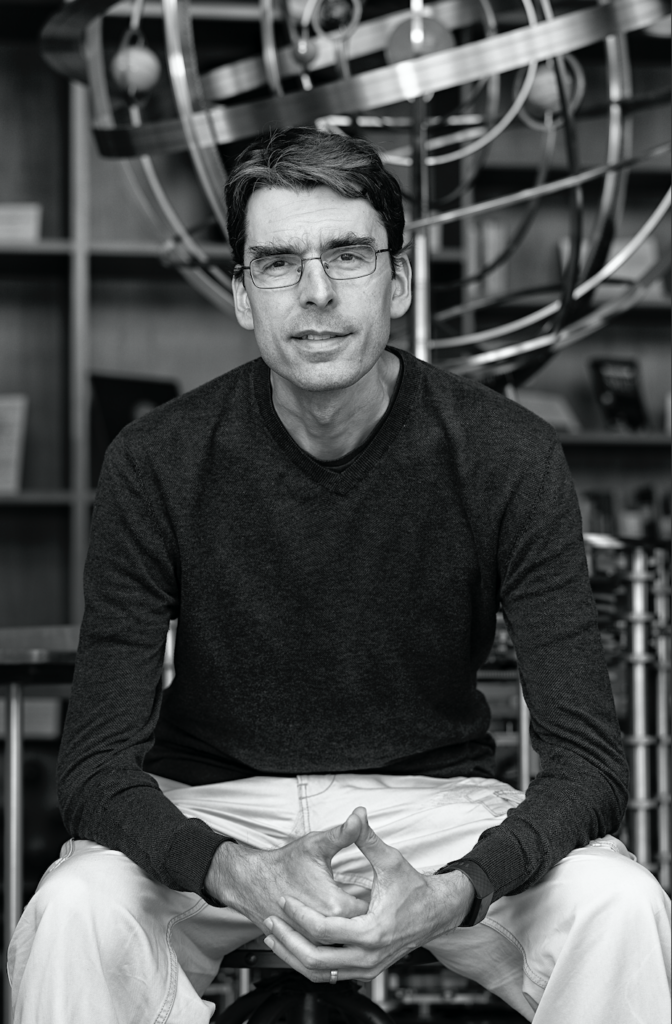
Welcome to DiRAC’s newsletter!
We are excited to share the latest updates and achievements from our incredible team. Your support makes our work and educational efforts possible, and we are deeply grateful for it.
Mark your calendars for June 12th! Join us for the DiRAC Planetarium Experience, where UW astronomers will reveal their latest discoveries and provide a sneak peek at the possibilities from the Rubin Observatory. After the presentation, enjoy a rare, behind-the-scenes tour of our labs, where the secrets of comet dust are uncovered.
This season has been filled with remarkable discoveries and positive media coverage. We invite you to explore the articles linked here for more details. We hope you find them as inspiring as we do and look forward to seeing you in person at our upcoming DiRAC event.
Thank you,
Mario Juric
Director, DiRAC Institute
Professor, Department of Astronomy
